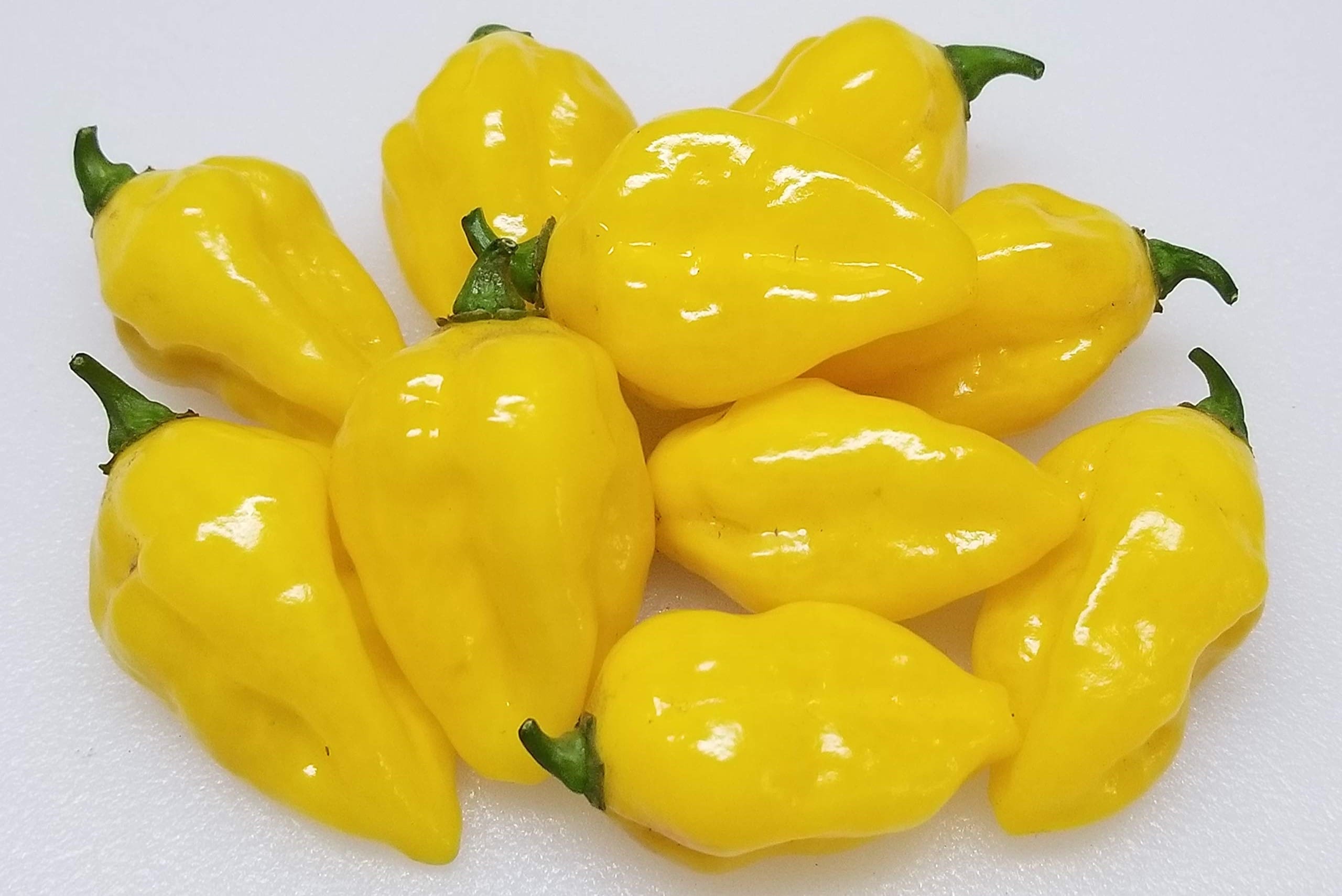
Yellow peppers are not just a vibrant addition to your plate; they pack a punch of nutrition that can benefit your health in many ways. Ever wondered what makes these sunny veggies so special? Yellow peppers are rich in vitamins, minerals, and antioxidants, making them a powerhouse of nutrients. They are low in calories but high in fiber, which helps in digestion and keeps you feeling full longer. Plus, they are an excellent source of vitamin C, which boosts your immune system and promotes healthy skin. Whether you enjoy them raw, roasted, or stuffed, yellow peppers can be a delicious and nutritious part of your diet. Let's dive into the 24 best nutrition facts about these golden gems!
What Makes Yellow Peppers Nutritious?
Yellow peppers, also known as yellow bell peppers, are not just colorful additions to your plate. They pack a punch when it comes to nutrition. Let's dive into some fascinating facts about these vibrant veggies.
-
Rich in Vitamin C: Yellow peppers contain more vitamin C than oranges. One medium-sized yellow pepper provides over 150% of the daily recommended intake.
-
Low in Calories: With only about 50 calories per pepper, they make a guilt-free snack or addition to meals.
-
High in Fiber: Each yellow pepper has around 2 grams of dietary fiber, which aids digestion and keeps you feeling full longer.
-
Loaded with Antioxidants: These peppers are packed with antioxidants like carotenoids and flavonoids, which help protect your cells from damage.
-
Good Source of Vitamin A: Yellow peppers provide a decent amount of vitamin A, essential for eye health and immune function.
Health Benefits of Yellow Peppers
Eating yellow peppers can contribute to various health benefits. Here are some ways they can improve your well-being.
-
Boosts Immune System: The high vitamin C content helps strengthen your immune system, making you less susceptible to illnesses.
-
Promotes Eye Health: The vitamin A and carotenoids in yellow peppers support good vision and may reduce the risk of age-related eye conditions.
-
Supports Weight Loss: Low in calories and high in fiber, yellow peppers can help you manage your weight by keeping you full without adding extra calories.
-
Reduces Inflammation: Antioxidants in yellow peppers can help reduce inflammation, which is linked to many chronic diseases.
-
Improves Skin Health: Vitamin C is crucial for collagen production, which keeps your skin firm and youthful.
Nutritional Content of Yellow Peppers
Understanding the nutritional content of yellow peppers can help you appreciate their value even more.
-
Contains Potassium: Yellow peppers are a good source of potassium, which helps regulate blood pressure and fluid balance.
-
Provides Folate: Folate is essential for DNA synthesis and repair. Yellow peppers offer a modest amount of this vital nutrient.
-
Rich in Vitamin B6: This vitamin is important for brain health and helps convert food into energy.
-
Contains Magnesium: Magnesium supports muscle and nerve function, and yellow peppers provide a small but beneficial amount.
-
Offers Iron: While not a major source, yellow peppers do contain some iron, which is necessary for transporting oxygen in the blood.
Culinary Uses of Yellow Peppers
Yellow peppers are versatile and can be used in various dishes. Here are some ways to incorporate them into your diet.
-
Great for Salads: Their sweet flavor and crunchy texture make them perfect for salads.
-
Ideal for Stir-Fries: Add them to stir-fries for a burst of color and nutrition.
-
Perfect for Roasting: Roasted yellow peppers develop a rich, smoky flavor that enhances many dishes.
-
Stuffed Peppers: Fill them with grains, beans, or meat for a nutritious and satisfying meal.
-
Raw Snacks: Slice them up and enjoy them raw with hummus or dip for a healthy snack.
Fun Facts About Yellow Peppers
Yellow peppers have some interesting trivia that might surprise you.
-
Color Change: All bell peppers start green and change color as they ripen. Yellow is one of the stages before turning red.
-
Botanical Classification: Despite being used as a vegetable, yellow peppers are botanically fruits because they contain seeds.
-
Variety of Names: They are also known as capsicum in some parts of the world.
-
Year-Round Availability: Yellow peppers are available year-round, making them a convenient addition to your diet anytime.
Yellow peppers are not only delicious but also packed with nutrients that offer numerous health benefits. Whether you eat them raw, cooked, or roasted, these vibrant veggies are a fantastic addition to any meal.
The Final Bite on Yellow Peppers
Yellow peppers pack a punch when it comes to nutrition. Loaded with vitamin C, antioxidants, and fiber, they’re a tasty way to boost your health. These vibrant veggies can help improve vision, support immune function, and promote heart health. Plus, they’re low in calories, making them perfect for weight management.
Whether you toss them in a salad, roast them, or enjoy them raw, yellow peppers add a burst of flavor and color to any dish. Their versatility in the kitchen means you can get creative while reaping their health benefits.
So next time you’re at the grocery store, grab some yellow peppers. Your body will thank you. Eating healthy doesn’t have to be boring, and yellow peppers prove just that. Enjoy the crunch and the benefits!
Was this page helpful?
Our commitment to delivering trustworthy and engaging content is at the heart of what we do. Each fact on our site is contributed by real users like you, bringing a wealth of diverse insights and information. To ensure the highest standards of accuracy and reliability, our dedicated editors meticulously review each submission. This process guarantees that the facts we share are not only fascinating but also credible. Trust in our commitment to quality and authenticity as you explore and learn with us.


